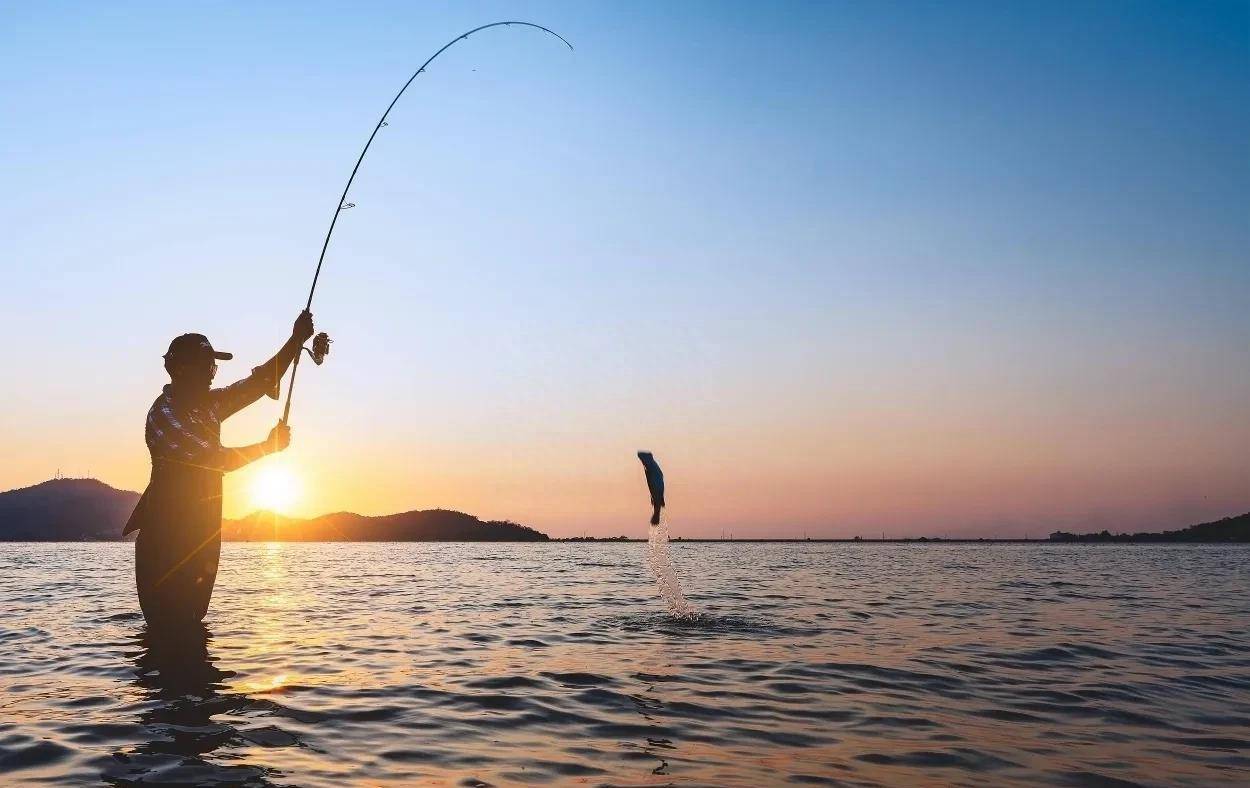Request A Free Quote
A Beginners Guide to Sea Fishing

For beginners in sea fishing, it can be both thrilling and bewildering. Apart from considering factors such as weather, tides, and seasons, fishing in the open sea requires adapting to the ever-changing fishing environment. Anglers need to adjust their fishing strategies based on the variations in the fishing grounds. Below, we’ll share some practical tips summarized by experienced sea anglers.
1. Shore Fishing vs. Offshore Fishing
Shore fishing, accessible as long as you can stand on land, includes areas like beaches, breakwaters, reefs, or piers. Fishing in these locations eliminates the need to rent a boat, saving on fishing costs, and allows for a quick retreat during high tides. For those with limited time, casual fishing on beaches, reefs, or piers is an option, but safety must be ensured. Offshore fishing often requires a boat to reach areas tens or even hundreds of miles from the shore. Safety measures such as non-slip shoes and life jackets are essential for anglers heading to remote locations.
2. Venturing into the Open Sea
For newcomers to sea fishing, starting with simple techniques, like fishing on the beach, is recommended. Despite the presence of tourists and layers of fishing nets on popular beaches, there are various fish species such as sand eels, gobies, flounders, devil fish, and blennies. The continuous washing of waves on the beach carries organisms like larvae and crabs into the sea, becoming potential food for fish. Anglers should observe the flow of foam on the water’s surface, as it indicates fish migration routes. Constantly casting bait into these routes increases the chances of a successful catch.
3. Novice Fishing Equipment
The closer to the shore, the shallower the water, requiring long casts for beach fishing. For casual anglers, a sea rod of 3.6 meters or longer is suitable, while more experienced anglers may opt for specialized rods (surfcasting rods) with a casting weight starting from 40 grams. Fishing reels of sizes 3000 to 4000 and nylon fishing lines of 3-4 pounds with a length of 150-200 meters are recommended. Fishing equipment need not be expensive; anglers should choose gear that suits their preferences.
Next is the setup of fishing lines. Different fishing methods in sea fishing require various line setups. For surfcasting, a rig with 5-6 small hooks baited with shrimp or earthworms can be used for smaller fish. Cast the rig far and retrieve slowly. If there are no bites, check the bait and cast again. For targeting larger fish with long casts, switch to 1-2 large hooks baited with shrimp, fish chunks, whole small squid, or prepared bait. Continuous casting to new fishing spots increases the chances of success.
It’s worth mentioning that there are various techniques in sea fishing, and anglers should choose the gear and methods that suit their preferences and the specific conditions of the fishing location.







